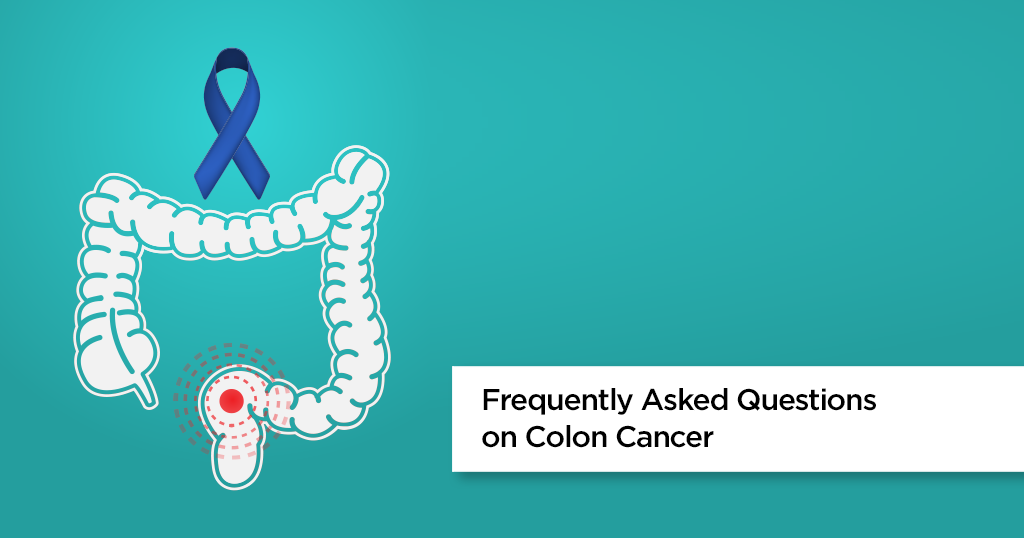Early Detection Is Key To Cure Gallbladder Cancer

Gallbladder is a small, pear-shaped organ on the right side of our abdomen — just beneath the liver. Galbladder stores bile, a digestive fluid that is produced by liver. Gallbladder and bile duct cancers are rare and chances for their cure are high only when discovered at an earlier stage. Gallbladder cancer is difficult to diagnose because it often shows no specific signs or symptoms. Also, the relatively hidden nature of the gallbladder makes it easier for the malignancy to grow without detection.
When healthy cells of gallbladder develop mutations (changes) in their DNA, such mutations lead to uncontrolled growth of cells and continue living while other cells would normally die. The accumulating cells form a tumour that can grow beyond the gallbladder and spread to other organs of the body.
Asia has a high incidence of gallbladder cancer and it is more frequently observed in North Indian and Pakistani females and Korean males.
Multiple risk factors of this cancer are gallstones, chronic inflammation in the gallbladder, bacterial infections like salmonella typhi, salmonella paratyphi, helicobacter bilis and parasitic infections with clonorchis and opisthorchis.
Primary sclerosing cholangitis (a chronic fibro inflammatory syndrome of the biliary tract) has a strong correlation with gallbladder cancer.
Occupational exposures to heavy metals like nickel and cadmium may lead to this disease. A high body fat mass and a BMI of more than 30 too contribute to incidents of this cancer. Genetics along with a family history of gallbladder stones increases the risk of gallbladder cancer.
Gallbladder polyps are usually seen in almost 5 per cent of adults. These are devoid of any symptoms and are incidentally discovered on ultrasound examination. Large polyps (> 1 cm size); solitary polyp, polyp growth and associated gallstones warrant a procedure called cholecystectomy.
Few developmental abnormalities such as anomalous junction of the pancreatic biliary duct are also a risk factor for cancer. Prophylactic cholecystectomy should be considered as a line of treatment in these patients.
Vague abdominal symptoms.
- Non-specific complaints like anorexia and weight loss.
- Abdominal pain, particularly in the upper right portion
- Abdominal bloating
- Fever
- Nausea
- Whites of the eyes and yellowing of the skin and (jaundice)
Ultrasound of abdomen can identify the small polyps, wall thickness of the gallbladder or porcelain gallbladder.
EUS is currently the definitive modality for diagnosing gallbladder cancer.
CT scan helps in identifying any spread to lymph nodes, liver involvement (or) metastasis.
Definitive treatment for this cancer is cholecystectomy (removal of the gallbladder).
A satisfactory outcome depends on early diagnosis and surgical resection.
In spite of a potential for cure, only less than 10 per cent of patients have surgically resectable tumours at diagnosis. So awareness and identification of early lesions play an important role and helps in offering a potential cure to these diseases.
An annual ultrasound of abdomen is recommended for everyone to identify these early lesions.
.
© Copyright 2024. Apollo Hospitals Group. All Rights Reserved.
 +91 8069991061
Book Health Check-up
Book Health Check-up
Book Appointment
Book Appointment
+91 8069991061
Book Health Check-up
Book Health Check-up
Book Appointment
Book Appointment







